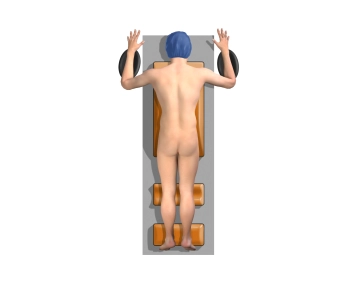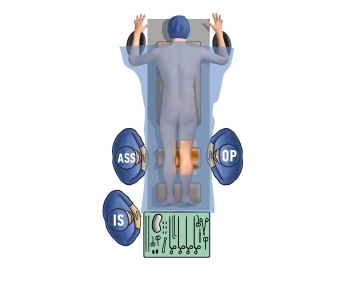Management of popliteal artery aneurysms (PAA) aims to prevent major amputations caused by microemboli in the arteries of the lower leg from the aneurysm. In critical ischemia caused by PAA the rate of major amputation is between 25% and 50%.
Asymptomatic PAA
Surgery is generally recommended for aneurysms measuring 2 cm in diameter and more, since even small aneurysms often become symptomatic. Since in aneurysms smaller than 2 cm with partial wall thrombosis and no pedal pulses "silent" embolization may be possible, the indication for surgery this situation must be determined on a case-by-case basis.
Symptomatic PAA
Acute and chronic critical ischemia, local pressure consequences, venous thrombosis due to compression, septic aneurysm and rupture constitute an indication for surgery regardless of the length or diameter.



